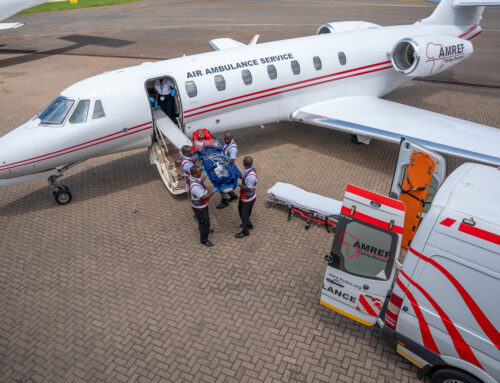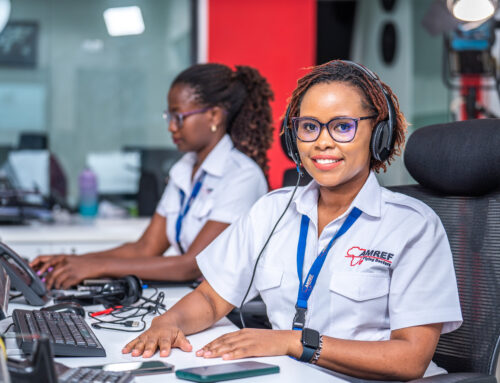Burns are not a foreign concept in our day-to-day lives and an increasing number of patients seeking medical care for accidental burns each year have been reported. A burn occurs when the skin tissue is damaged by heat, chemicals, sunlight, electricity or radiation.
According to World Health Organization, accidental burns can happen to anyone, although children, teenagers and older people are most at risk. These age groups are more prone to burn injuries from cooking, such as spilling a boiling pan of water onto skin among others. Children and teens are also more prone to muck around with lighters, matches and fireworks or get sunburns.
Degrees of burn
The American Burn Association has primarily divided burns in three broad categories as below:
- First-Degree Burns or superficial burns are burns that involve the outer most layer of skin and are usually associated with a sunburn. Such an injury may occur from too much exposure to the sun (gardening, sunbathing, etc.). The skin is usually still intact but may appear to be red, very warm or hot to touch and painful. There may also be small blisters, and swelling in and around the area of injury.
- Second-degree or partial-thickness burns occur when the second layer of skin (dermis) is burned. This burn usually has the following characteristics: very red, blister formation, extremely painful and a fair amount of swelling. In general, if a second-degree burn is smaller than 2-3 inches (7 centimetres) it may be treated as a minor burn. If the area burned is larger than this, or involves functional parts of the body such as feet, face, eye, ears, groin or located over major joints, more in-depth medical attention is needed. Take the person to the nearest emergency room, family doctor or minor emergency clinic to have the burn evaluated. Failure to do so may result in permanent disfigurement or loss of function.
- Third-degree or full thickness burns are NOT minor burns and should be evaluated and treated by a healthcare provider. A third-degree burn is a very serious burn, no matter what the size or area of the body that may be involved. A third-degree burn involves all layers of the skin and can cause permanent tissue damage. The skin may appear to be charred, blackened, or white. The skin texture may be very dry or leathery. All third-degree burns should be evaluated by a healthcare provider immediately.
In October…
Taking an example with the month of October 2021, AMREF Flying Doctors reported a number of patients requiring evacuations due to burns. These instances were recorded across the East African region. The majority of these patients were children under the age of three suffering facial and other body burns as a result of hot liquids, hot surfaces, steam or fire.
During the month, AMREF Flying Doctors was requested to evacuate a baby who had sustained facial third-degree burns and needed advanced medical care in Nairobi. In the same month, we were requested to evacuate a baby who had sustained also a third-degree on the abdomen and hand.
In all the above situations, adverse effects would have been reported if the children had not been taken for medical treatment.
First Aid for Burns
According to the American Heart Association, as a first aid giver, you must realize that you are only required to apply cool/cold running water and a cleaning dressing to a burn. It is recommended to never use ice since it can cause damage to a burnt area.
On minor burns, cool the burn area for at least 10 minutes with running cool water (not ice-cold water) until it no longer hurts. If you do not have access to running water, use a clean, cool or cold (but not freezing) compress. After that, apply a dry, non-stick sterile or clean dressing to the burn.
On big burns, first, you need to contact your emergency response number or the closest provider to arrange for ambulance services. If the person in question is on fire, it is necessary to put out the fire. This can be accomplished by instructing the individual to instantly stop and not run; drop to the floor and cover the face with hands; and roll on the floor/ground to put out the flames. Next, cover them immediately with a damp blanket. Once the fire is out, gently remove the blanket and any jewellery or clothing that is not stuck to their skin. Allow the burn area to cool for at least 10 minutes with cold water and then cover the patient with a dry blanket.
In both instances, it is prudent to seek further medical guidance from a healthcare professional, following the first aid procedure, as this is the only way one can assess if further treatment is necessary.
Adhering to safety precautions at home to prevent burns
The worrisome rise in burns rates underscores the need of emphasizing essential preventative measures for burns at home. Supervision is the most effective and dependable method of protecting children against burns. Parents and caregivers should constantly monitor children, particularly in the kitchen, around hot surfaces, and in areas with potential dangers. Additionally, matches and other lighters should be locked, covered, or kept out of reach of children.
Need for First-aid training
Predicting what might happen while doing daily chores at home is a challenge that calls for the need to be trained. Learning first aid tips is one of the effective ways to prepare and feel more comfortable while dealing with a variety of health and safety circumstances. Knowing first aid could make a real difference in many types of situations.
AMREF Flying Doctors is an American Heart Association-accredited organization with a specialized team that provides basic first aid training to individuals of all ages. The good news is that AMREF Flying Doctor may customize a training session for a particular group of individuals.












Leave A Comment